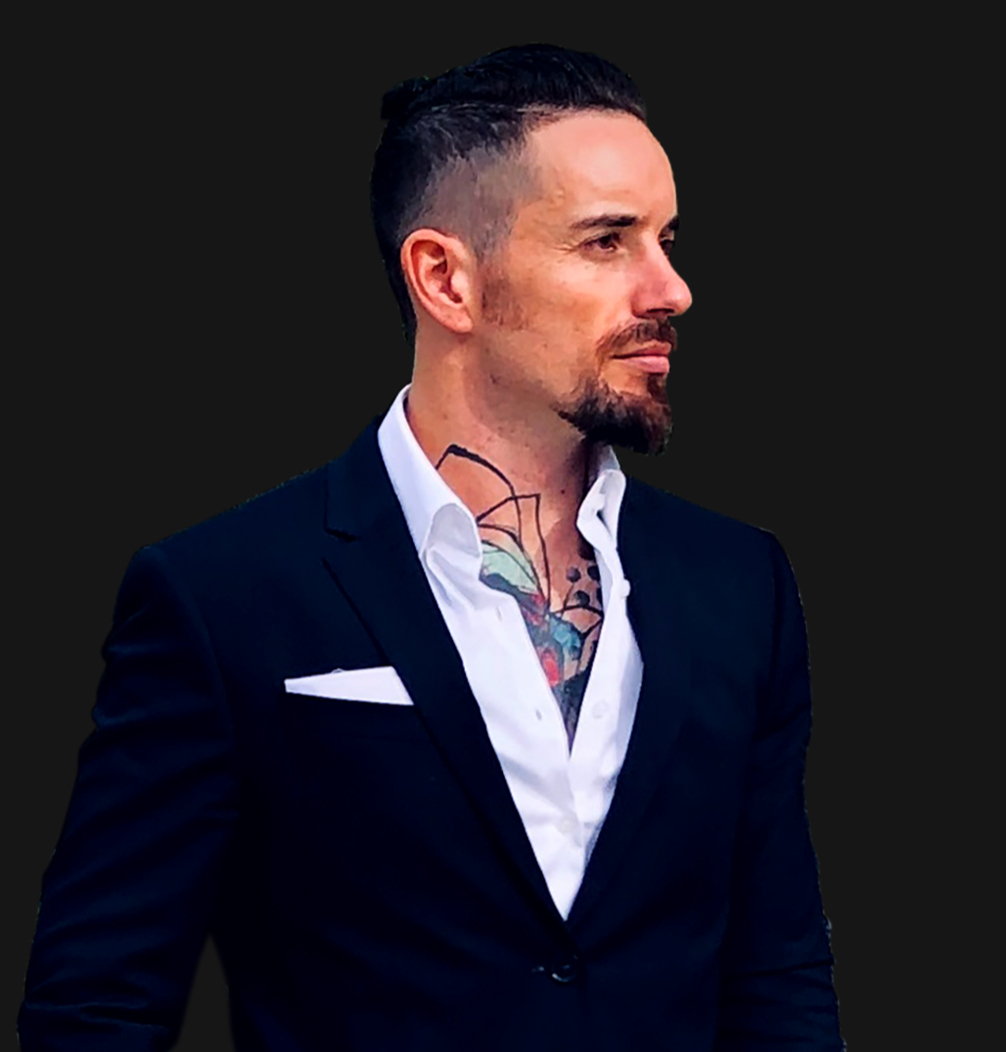We caught up with the brilliant and insightful Charles Huurman a few weeks ago and have shared our conversation below.
Charles, appreciate you joining us today. We’d love to hear the backstory behind a risk you’ve taken – whether big or small, walk us through what it was like and how it ultimately turned out.
The biggest risk I ever took wasn’t about tattooing — it was walking away from the life I thought I was supposed to build.
By the time I was 21, I had a house mortgage, two car loans, a couple of businesses… and the crushing weight of debt. On paper, I was a young entrepreneur, but inside I felt trapped in a life that wasn’t mine. When it all collapsed — the businesses failed, the money ran out — I hit rock bottom.
And that’s when I took the real risk: I decided to stop chasing money and start chasing what I actually loved. I put every ounce of energy into drawing and painting — something I had always done for fun, never for a career. Everyone told me I was crazy. I was broke, I had no security, and on top of that, tattooing wasn’t exactly a “safe” career choice.
But the moment I picked up a tattoo machine, I knew it was the right path. That risk — giving up everything for a creative life — changed everything. Now I own studios in Ireland and Spain, I travel the world, and I get to create art on people who value it.
The lesson? Sometimes the biggest risk isn’t losing everything — it’s wasting your life doing something that doesn’t mean anything to you.

Charles, love having you share your insights with us. Before we ask you more questions, maybe you can take a moment to introduce yourself to our readers who might have missed our earlier conversations?
I’m Charles Huurman — European, born to a Dutch father and Irish mother, raised between Ireland and Spain. Six years ago, I moved to New York, and later to Austin, where I’ve finally settled with my family after years of traveling for conventions and guest spots.
I didn’t start out in art. My early twenties were about chasing business success — until it all crashed. That failure pushed me to risk everything on what I loved most: creating. Tattooing became my way to turn art into connection, and over time I shaped my own style — Abstract Realism — blending hyper-realistic imagery with abstract textures and motion.
I work with collectors who value custom, meaningful pieces. Whether from my exclusive designs or crafted around their story, every tattoo is built with trust and made to last.
What sets me apart? I don’t chase trends. I respect tradition but push boundaries. My mission is simple — create art that matters, for people who value it.
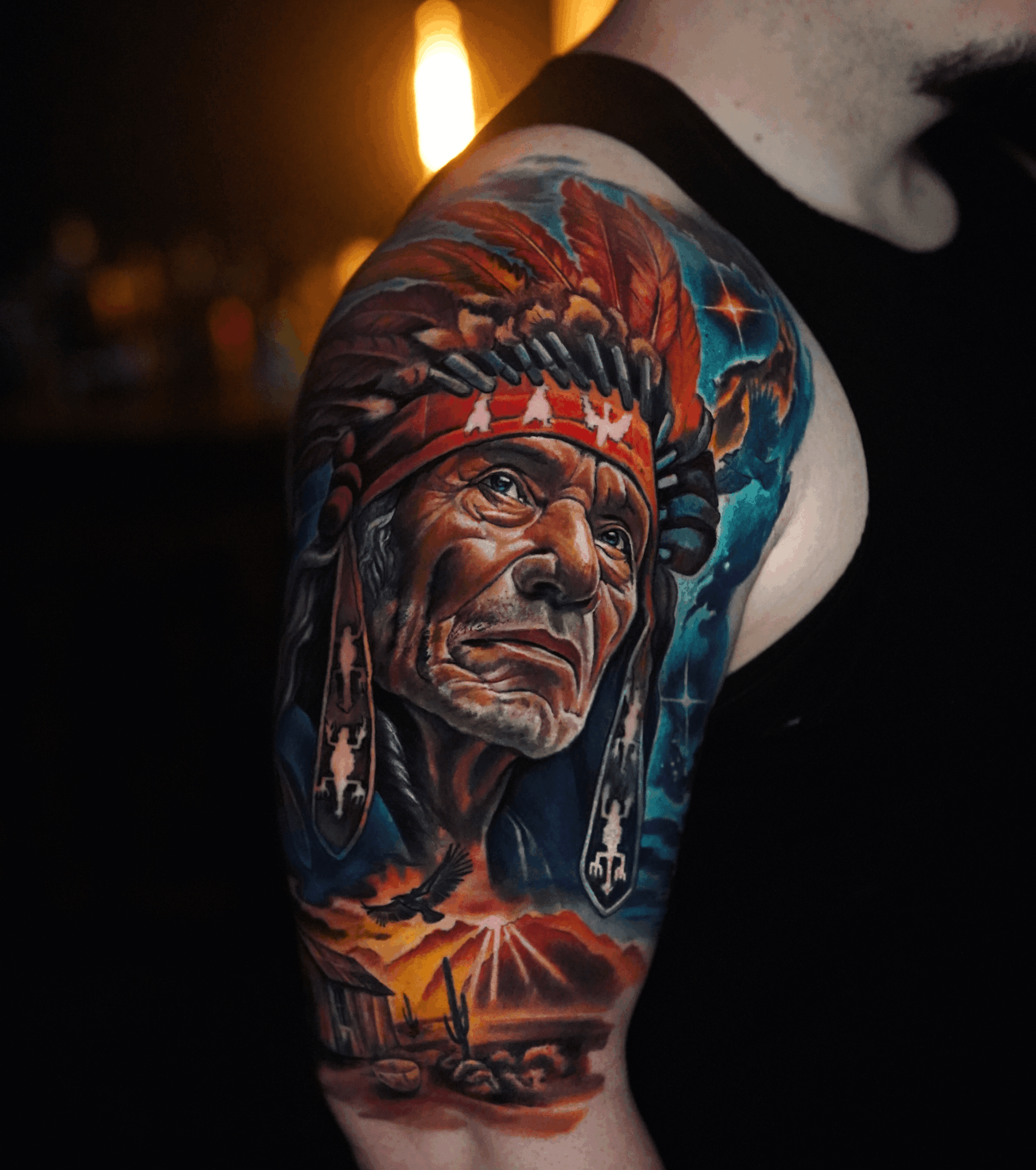
Can you tell us about a time you’ve had to pivot?
Answer — “A Time I Had to Pivot”
My biggest pivot came when my first businesses collapsed. I was in my early twenties, buried in debt, running companies I didn’t even enjoy. When everything fell apart, I had two choices — chase the same kind of business again or risk starting from zero doing what I actually loved.
I chose the second. I pivoted from chasing money to chasing meaning. That decision led me into tattooing — something I’d only ever done for fun — and it changed my life.
Since then, pivoting has become part of how I work. I’ve pivoted styles, projects, even countries. I moved from Europe to New York, then to Austin. And every time, it’s been about staying true to what matters: making meaningful art and building real connections with the people who wear it.
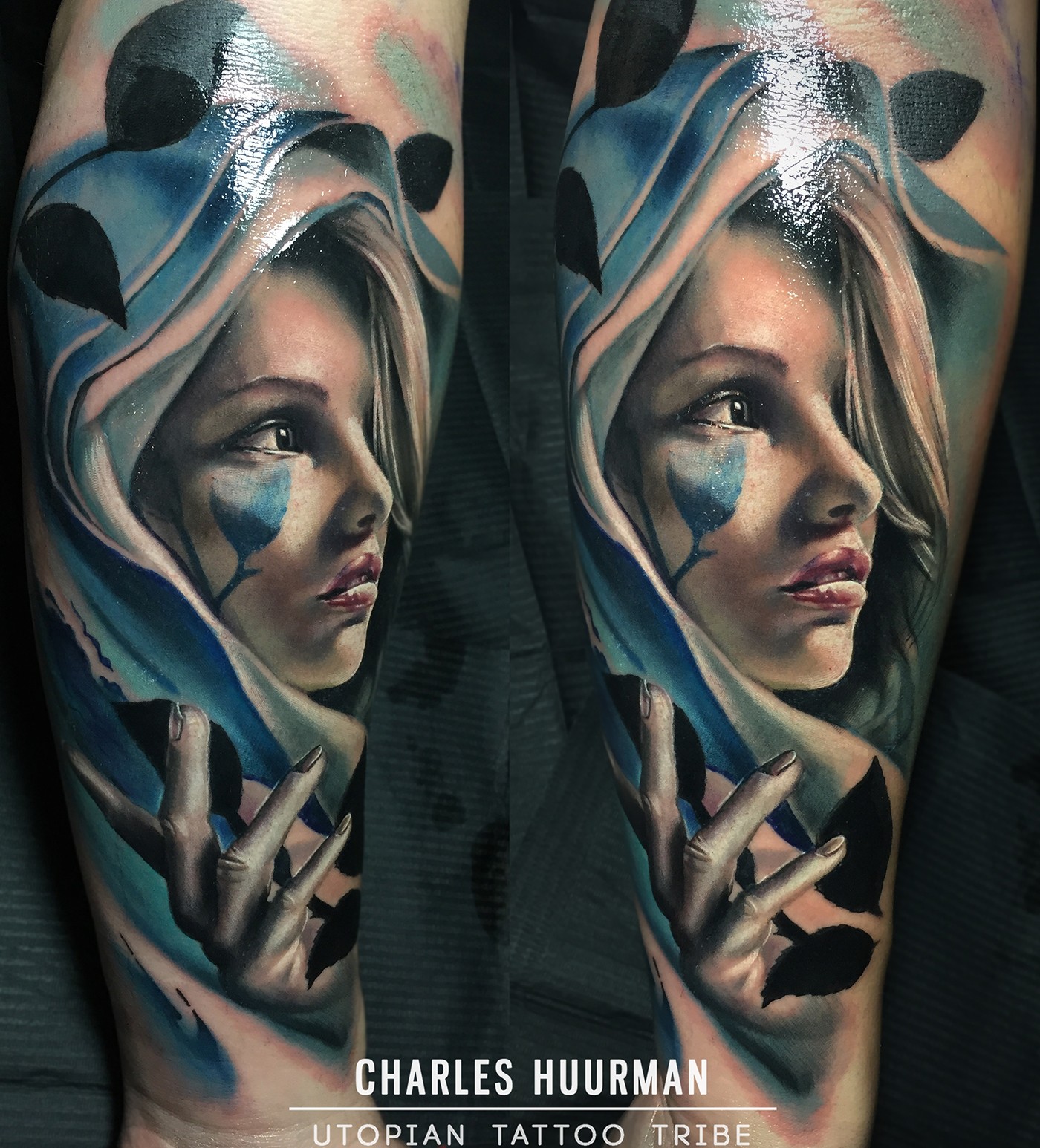
Can you share a story from your journey that illustrates your resilience?
Answer — “A Story of Resilience”
When I started tattooing, I spent my first three years as a scratcher — trying to learn on my own, making mistakes, and getting rejected by every studio I approached. I’d show up month after month, asking for an apprenticeship, always hearing no.
One morning, I walked into a studio I’d been visiting regularly — and found out all the artists had suddenly walked out. The owner, a pretty intense guy with serious mental health issues, looked at me and shouted, “So you want to be a tattoo artist? Go get your machines!”
I wasn’t about to blow that chance. But this wasn’t a friendly offer. From that day on, I had no choice but to work however and whenever he said. Seven days a week, often 14 to 16 hours a day — sometimes to the point of passing out while tattooing. He didn’t give me a single day off that first year, except for New Year’s Day. It wasn’t optional. It was that… or leave.
I stayed two years. I took everything he threw at me, determined to get good enough to build a real portfolio and move on to better studios.
For me, resilience isn’t just sticking around when things are hard — it’s pushing through when you’re left with no easy way out. That experience didn’t just make me a better artist. It taught me what it means to endure and come out stronger on the other side.
Contact Info:
- Website: https://www.charleshuurmantx.com/
- Instagram: charleshuurman
- Facebook: charleshuurmantattoo
- Twitter: charleshuurman

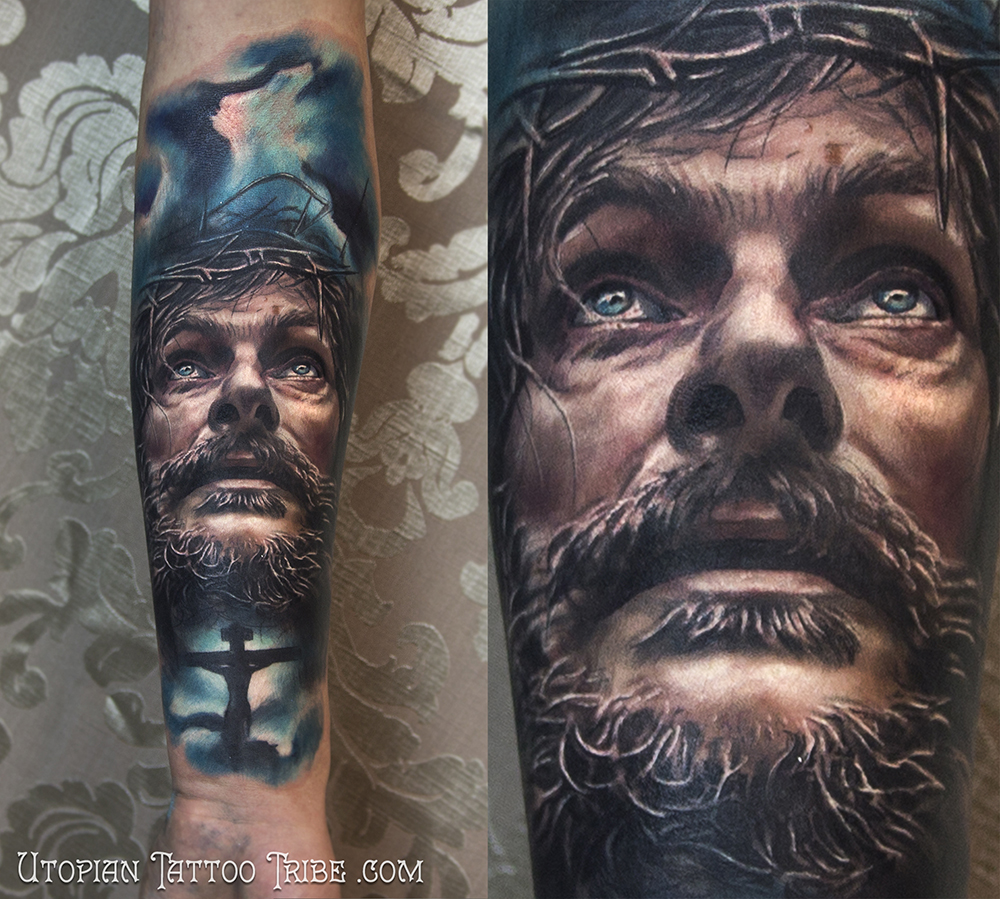
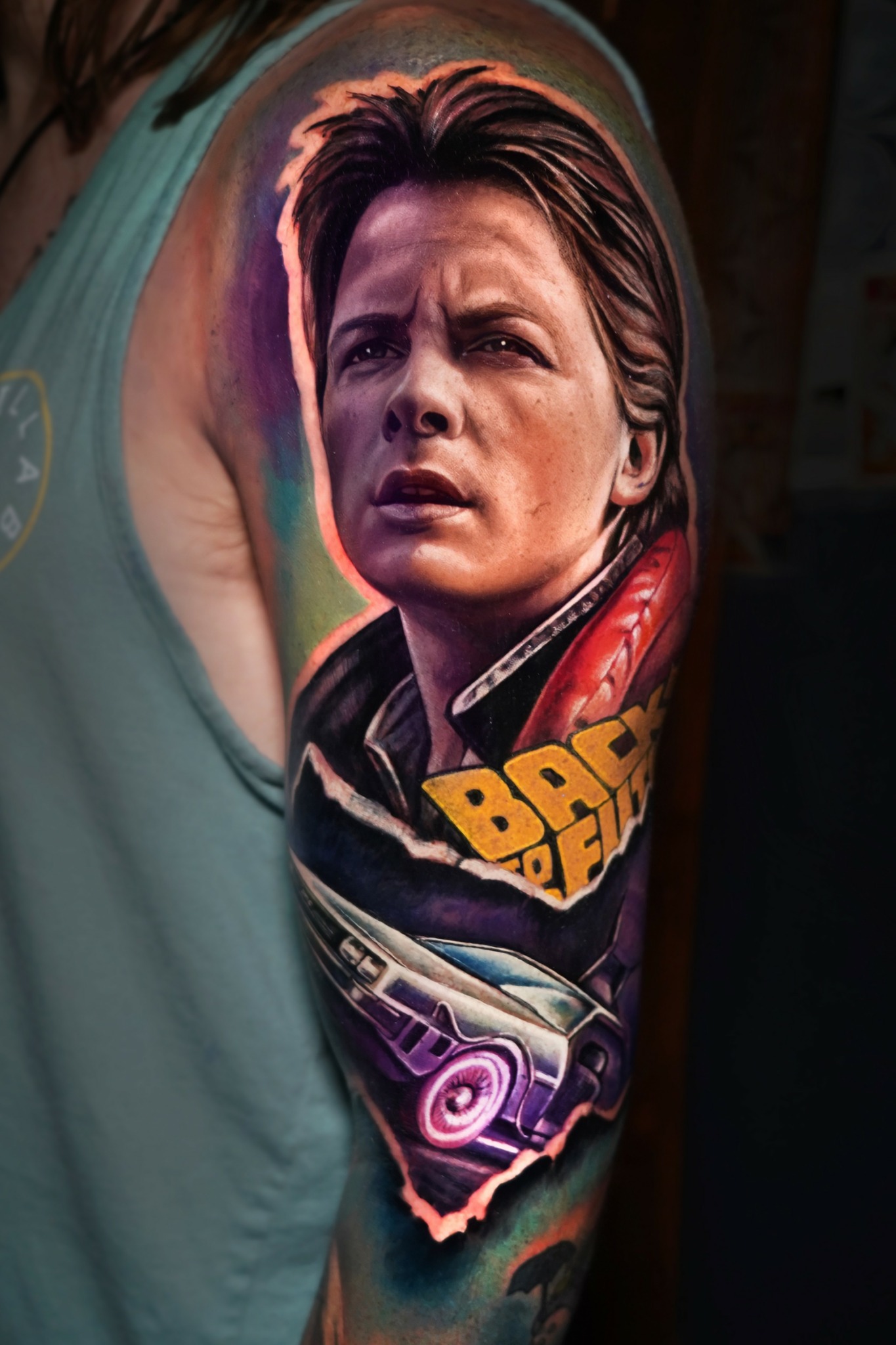
Image Credits
Charles Huurman


